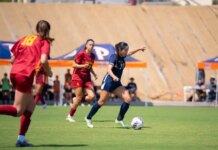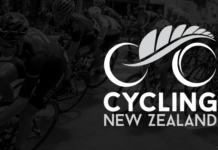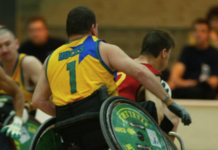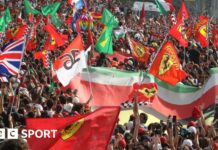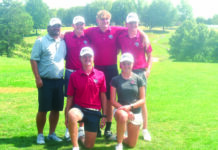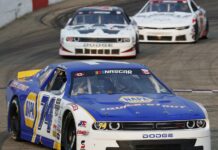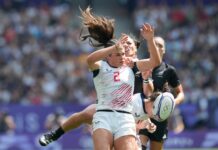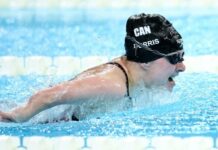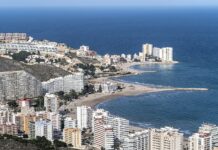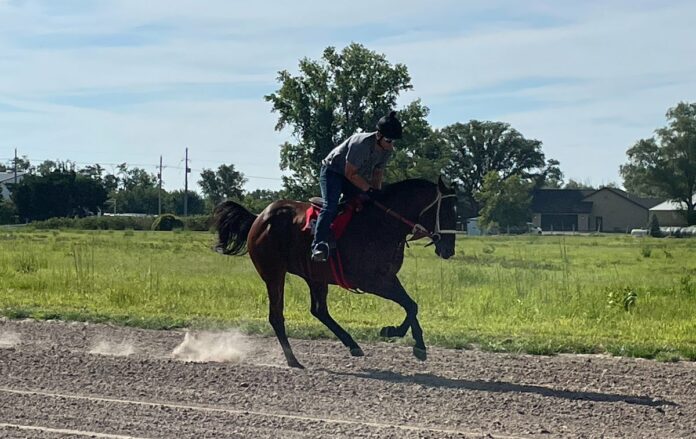To fill those gaps, Anderson and the university have been assisting with training and resources through a program called Race Nebraska.
She noted this is a complicated process that requires time and money.
“You have to understand it’s going to be several years before you breed that mare to you have to a horse’s racing age,” she said.
After the demise of the famed Ak-Sar-Ben track in Omaha in the 1990s, many trainers and breeders have been out of the business for the past 20 years.
According to statistics from the Jockeys Club, the national race organization, Nebraska had over 200 days of live horse racing a year at its peak. That number dropped to as low as 51 by 2021.
Breeders and trainers based in the state had little incentive to invest in new horses.
In just a decade, the number of Nebraska-bred foals dropped from 147 in 2002 to just 35 in 2012.
“That’s how bad it got,” said Chris Kotulak, the chief executive officer of Fonner Park Racing in Grand Island.
The quality of racing suffered. Prize money for winners, the purse, dropped by half in the past 20 years. Fewer horses took to the track.
“We don’t want to run a four-race card with four or five horses; just say we’re running a race,” said Kotulak. “That’s not why we’re in business.”
Fonner Park hosted more than half of the total race days run in the state.
“The other tracks have suffered, and I understand, man,” Kotulak said. “I feel your pain. I know what it’s like to run a racetrack, or have an old facility, or not have the revenue coming that you need.”
Source link : https://nebraskapublicmedia.org/en/news/news-articles/as-racing-season-expands-nebraska-looks-to-meet-demand-for-horses/
Author :
Publish date : 2024-08-16 21:56:55
Copyright for syndicated content belongs to the linked Source.




